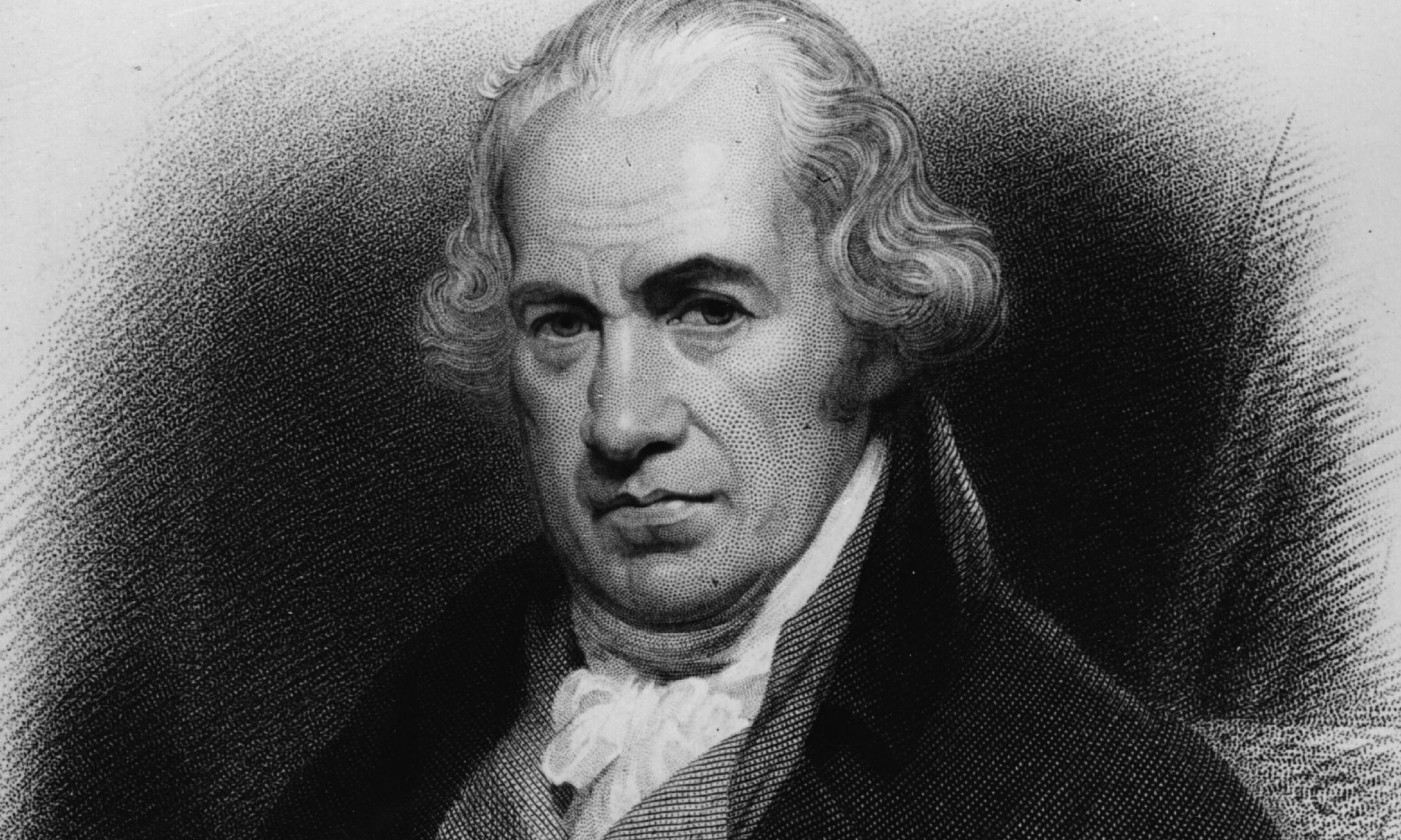The Ultimate Guide To Understanding Watt: Definition, Calculation, And Applications
Watt is a fundamental unit of power that plays a crucial role in our daily lives and in various fields of science and engineering. Understanding what a watt is, how it is calculated, and its applications can empower you to make informed decisions about energy consumption and efficiency. In this comprehensive guide, we will explore the concept of watt, its historical context, and its significance in electrical systems, appliances, and renewable energy sources.
This article will provide you with valuable insights into the watt, including its definition, how it relates to other units of measurement, and practical applications in various industries. We will also discuss the importance of watts in energy efficiency and how it impacts our environment. Whether you are a student, a professional in the energy sector, or simply curious about electrical concepts, this guide is tailored for you.
Let's dive deeper into the world of watts and uncover the essential information that will help you understand this unit of measurement better.
Table of Contents
- 1. What is Watt?
- 2. History of Watt
- 3. How to Calculate Watt
- 4. Applications of Watt
- 5. Importance of Watt in Energy Efficiency
- 6. Common Misconceptions about Watt
- 7. Conclusion
1. What is Watt?
The watt (symbol: W) is the SI unit of power, named after the Scottish inventor James Watt. It quantifies the rate of energy transfer. One watt is defined as one joule per second, which means that if one joule of energy is used in one second, the power consumption is one watt. This unit is essential in various scientific fields, particularly in physics and electrical engineering.
2. History of Watt
The term "watt" was established in the late 19th century to honor James Watt, whose improvements to the steam engine played a critical role in the Industrial Revolution. The watt was first defined in the context of mechanical power, but it has since been adapted to electrical power, where it is commonly used today.
3. How to Calculate Watt
Calculating wattage is essential for understanding power consumption. The wattage can be determined using different formulas, depending on the parameters available.
3.1 Watts and Volts
The relationship between watts and volts can be expressed using the formula:
Power (W) = Voltage (V) × Current (A)
This equation indicates that power in watts is the product of voltage in volts and current in amperes.
3.2 Watts and Amperes
Furthermore, if the current and voltage are known, you can easily calculate the wattage consumed by an electrical device. For example, if a device operates at 120 volts and draws 2 amperes of current, the power consumption can be calculated as:
Power (W) = 120V × 2A = 240W
4. Applications of Watt
Watts are used across various sectors, from residential energy consumption to industrial applications. Understanding where and how watts are applied can help users make informed decisions about energy usage.
4.1 Watt in Home Appliances
Home appliances are often labeled with their wattage, indicating how much energy they consume. Here are some common appliances and their typical wattage:
- LED Light Bulb: 10-15 W
- Refrigerator: 100-800 W
- Microwave Oven: 600-1200 W
- Washing Machine: 500-2000 W
Knowing the wattage of these appliances helps consumers estimate energy costs and select energy-efficient models.
4.2 Watt in Renewable Energy
In the renewable energy sector, watt measurement is vital for determining the efficiency of solar panels, wind turbines, and other energy systems. Solar panels are typically rated in watts (e.g., 250 W), indicating their maximum power output under optimal sunlight conditions.
5. Importance of Watt in Energy Efficiency
Understanding power consumption in watts is crucial for promoting energy efficiency. Reducing wattage in homes and industries can lead to significant energy savings and lower electricity bills.
Moreover, energy-efficient appliances often use fewer watts than their less efficient counterparts, contributing to environmental sustainability.
6. Common Misconceptions about Watt
Many people confuse watts with volts and amperes. It's essential to understand that:
- Watts measure power, while volts measure electrical potential, and amperes measure current.
- Higher wattage does not always mean better performance; energy efficiency depends on how effectively the power is used.
7. Conclusion
In summary, a watt is a critical unit of measurement in the realm of electrical power, with applications ranging from household appliances to large-scale renewable energy systems. Understanding watts can help individuals and businesses make informed energy choices, improve efficiency, and contribute to sustainability.
We encourage you to leave comments below, share this article with others, or explore more articles on our site to expand your knowledge about energy and power.
References
- National Institute of Standards and Technology. (n.d.). NIST
- U.S. Department of Energy. (n.d.). Energy Efficiency and Renewable Energy
- IEEE Xplore. (n.d.). IEEE Xplore Digital Library
Thank you for reading! We hope you found this article informative and engaging. Come back soon for more insightful content!
Lincoln Financial Group: A Comprehensive Overview Of Its Services And Impact
Manchester City Vs Manchester United: The Rivalry Of The Century
Investing In Dominion Resources Stock: A Comprehensive Guide


